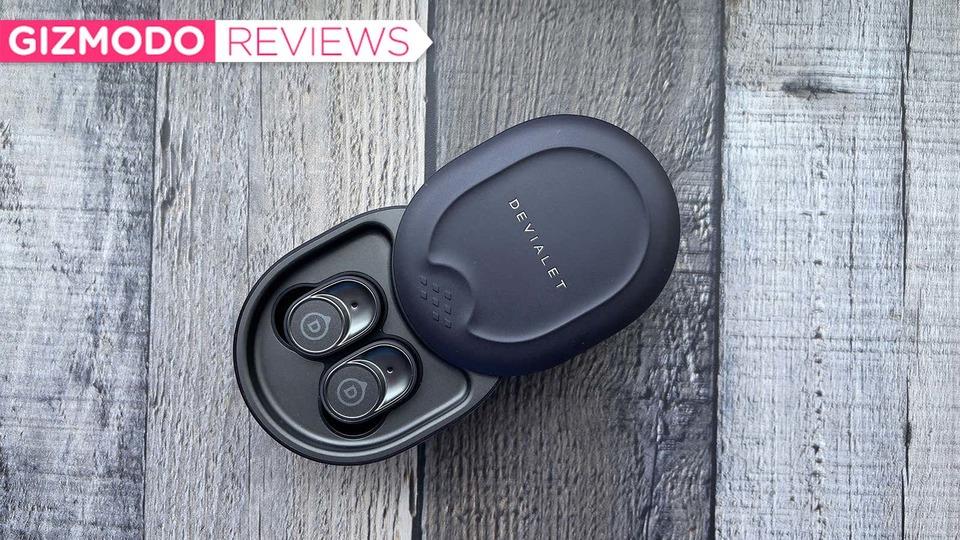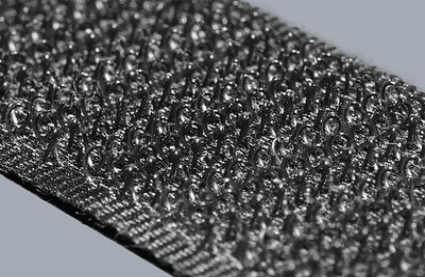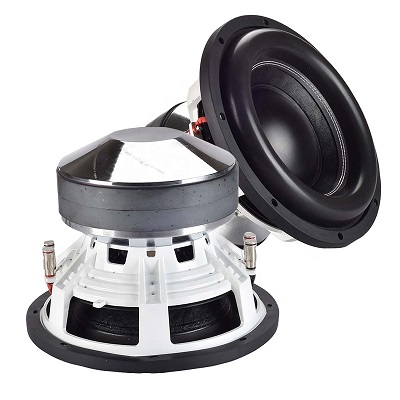At the Apple Special Event in September last year, a group of audio products equipped with the "W1" chip was announced along with the iPhone 7 series and Apple Watch Series 2. There were Beats by Dr. Dre's "Beats X", "Powerbeats 3 Wireless" and "Beats Solo3 Wireless" along with Apple's genuine completely independent wireless earphone "AirPods".
Solo3 went on sale at the same time as it was announced, followed by Powerbeats3 Wireless and AirPods later that year. Beats X also went on sale in February of this year. While the previous models Solo 2 and Powerbeats 2 were equipped with W1 chips and settled in the form of replacement, there was no announcement of the new model for Studio 2 for a long time.
Under such circumstances, "Beats Studio3 Wireless" was announced this fall with the appearance of being fully prepared for a special event at Apple Park. Looking back at the history of Beats by Dr. Dre, we can see that the first release was "Beats Studio". If so, Studio should have been the first model with a W1 chip, but that wasn't the case. While explaining the circumstances around that, in this article I would like to approach the appeal of Studio 3.
Regarding the fact that it will be added to the lineup later, the first reason is that Beats by Dr. Dre is currently developing products that meet the needs of users. It does not take the stance of filling the gaps.
The three models announced last fall focused on installing a W1 chip, simplifying pairing, and improving battery consumption efficiency. Aside from the completely new model Beats X, it can be said that there were no major changes in Solo 3 and Powerbeats 3, including the design (although it was a major specification change when the W1 chip was installed).
Therefore, it is easy to imagine that it was not enough for Studio 3 to simply mount the W1 chip. In fact, it was combined with the appearance of a complete review of the characteristics of sound quality and tuning.
Even though a high-quality design had been achieved at the time of Studio 2, it was a development to start from there. It took time to complete the fit and durability, and while keeping the appearance, the direction to update the contents was sought. On the other hand, raw materials such as paint have been reviewed, and the materials of artificial leather and ear cushions have been changed to give a fit to the texture of the ear cups and further improve the acoustic characteristics.
Although I say that it is not enough, I can not proceed without touching the W1 chip. The biggest feature of headphones / earphones with W1 chip is that they can be easily paired with iOS devices. Just bring it closer to your iPhone or iPad and a pop-up for connection will appear on the screen. Once connected, it will be linked on iCloud, so if you use the same Apple ID, you can easily switch to another device.
With general Bluetooth headphones / earphones, you had to open the "Settings" of the iPhone, tap "Bluetooth", and press the pairing button on the earphone side, but this kind of complicated work Will be released from. Moreover, changing the connection destination never fails. In Studio2, when switching devices, pairing sometimes went wrong, but that's no longer the case.
Also, as mentioned above, the W1 chip helps improve battery consumption efficiency. In Studio 2, the maximum usage time was 12 hours with noise canceling, but in Studio 3, it was 22 hours. It also has a function to turn off noise canceling, which allows 40 hours of playback. Continuing with the battery, it also supports the Fast Fuel feature, which can be played for about 3 hours with a 10-minute charge (5 hours with noise canceling turned off). Charging becomes full charge in 90 minutes from the state of 0. Even if you use it for a day, it's still okay, and even if the remaining amount is pinch, you can listen to 2 to 3 albums with a little charge.
In addition, the connection strength has been increased by supporting Class 1 Bluetooth. Connection is OK even if the distance is up to 100m, and it is less susceptible to interference from obstacles and radio waves flying around. I was able to move around more freely while enjoying the music.
Next, let's introduce a new noise canceling function. "Pure Adaptive Noise Canceling (Pure ANC)" provides a listening environment where you can block noise and immerse yourself in music. Noise canceling was originally used when boarding an aircraft, and was developed with the Boeing 737's engine noise in mind.
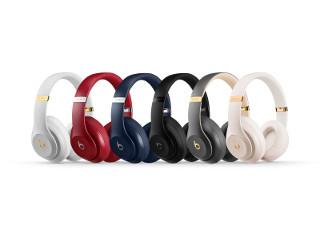
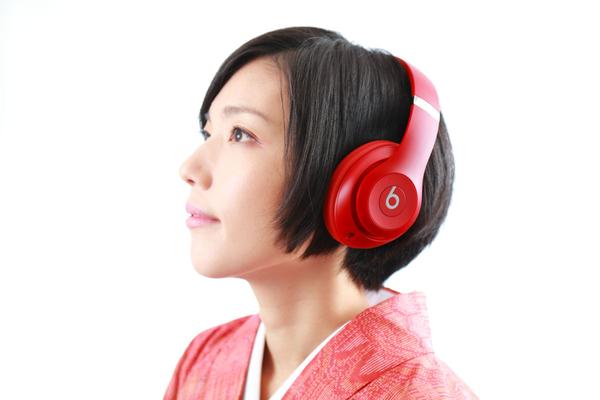
Had to re-learn how to buy movie tickets online this morning.
— Theron Bretz Wed Jul 14 15:08:56 +0000 2021
Until now, it was thought that if you could cut the range from 80 to 300Hz, you would be able to spend your flight comfortably, but due to the mechanism, if you put the original source in the place where you cut it with noise canceling, it will interfere. As a result, there was a demerit that the original sound quality was impaired. It was also researched how to balance it.
Here's the basic mechanism of noise canceling. The sound is a "wave", but when it hits the shape of the ringing "wave" and the "opposite wave" (called the opposite phase), it cancels out and the sound disappears. Using the principle, the external sound is picked up by the microphone and the sound of the opposite phase is hit to eliminate the unnecessary sound.
Studio3's Pure ANC processes the following three tasks in real time.
A function called ambient environment evaluation changes the range in which noise canceling is applied. As mentioned above, in the past, noise canceling was applied only to the range in which the band of 80 to 300 Hz was fixed to the target, but the noise component is not always concentrated in that band. This is because the listening environment is not limited to the inside of an aircraft. In that case, it is better to be able to change the range to be applied. It is more efficient, does not reduce the sound quality, and consumes less battery power. In Studio3, the microphone attached to the outside analyzes the surrounding environment and targets the pinpoint frequency band to apply noise canceling.
The second is leak evaluation, which compares the amount of sound leakage. The fit changes depending on various conditions such as wearing a hat, wearing glasses, long hair, and the shape of the user's head. In conventional noise canceling, the work of separating the sound of isolation was performed only with the ear cup, but thanks to these conditions, it was not possible to overcome the slight deviation. Therefore, in Studio 3, we put a feedback microphone inside to analyze whether the sound is leaking due to a slight deviation or whether the surrounding sound is also inside. Here, an appropriate ratio of noise canceling is determined as compared with the outside.
The third is sound quality evaluation, which is a major feature of Studio 3. As a basic function, noise canceling is prioritized, but if you do so, the sound of the opposite phase when applied will interfere with the original sound source. Therefore, by comparing the applied sound source with the original sound source, how much difference is generated is calculated in real time, and if a distant part is found there, the noise canceling ratio is lowered there. (On the contrary, it can be made stronger). It is calculated every second so that it can be listened to in the optimum state, but the idea is to secure the sound quality by spending only the minimum necessary.
The three evaluations are always done at the same time, about 50,000 times per second. This task, called "real-time audio calibration," streamlines and optimizes processor load and power consumption. It is the W1 chip that controls it. This is also the reason for the dramatic improvement in battery consumption efficiency mentioned above.
So what about listening to the actual sound? The results were very amazing. I did a blind test with Studio 2 and 3 using the same sound source, but when I first listened to 3 and then 2 I heard that the noise canceling of 2 was not applied. I instinctively shouted, "This, noise canceling is turned off," but when I took it off my head, I got a reply, "I can't turn it off because it's Studio 2 (laughs)." It reduces external noise at such a dramatic level.
In a situation where wind noise is generated, you can see that noise canceling works slowly. The point is that it works slowly. The reason is that if the correction amount changes suddenly, the phase will also change drastically, and if you are not good at it, you will hear the noise generated when the phase change called "Schwar" occurs. It is an effector for electric guitars called "resley speakers" and "phasers" used for such purposes. Studio 3's Pure ANC focuses on solving that problem and making it sound natural.
Compared to Studio2, the sense of localization was stable and the depth was felt, probably related to the fact that noise canceling was cut off. It has also made steady progress in terms of the three-dimensional effect of sound.
Bluetooth audio products have exploded since Apple removed the headphone jack from the iPhone and declared "the future is wireless." In Apple's keynote, senior vice president Phil Schiller said it was "courageous" to abolish the headphone jack, but now it's more "courageous" to be wired in a mobile environment. It seems like there is. However, many people still enjoy music in an old school style. It's probably the concept of pairing that people are confused about switching from wired. So we needed to extend the idea that both Apple and Beats would be easy to use. There is also an image that Bluetooth audio is not good in terms of sound quality. However, it is a thing of the past, and the codec and Bluetooth version upgrades have reached a point comparable to wired. Perhaps a blind test would make it indistinguishable (the DNA structure in the industry is that it can distinguish between sound sources that only sound in the band above 96KHz and sound sources that only sound in the band above 192KHz. Seems to be different for some people).
Studio 3 is a nod to the last appearance in the lineup. The finish is more powerful than the products released earlier. It can be said that it is a very complete model in the sense that you can concentrate on the sound.
